Between Admiration, Cultural Appropriation and International Friendships
Pearl-embroidered moccasins, a spoon made from horn or a small saddle-bag made of rawhide: These objects - ornately crafted from natural materials - seem at first glance to be a part of the GRASSI Museum of Ethnography’s North American collection, but they were Made in GDR: The objects were created by the members of German “Indianism” clubs in painstaking handiwork.
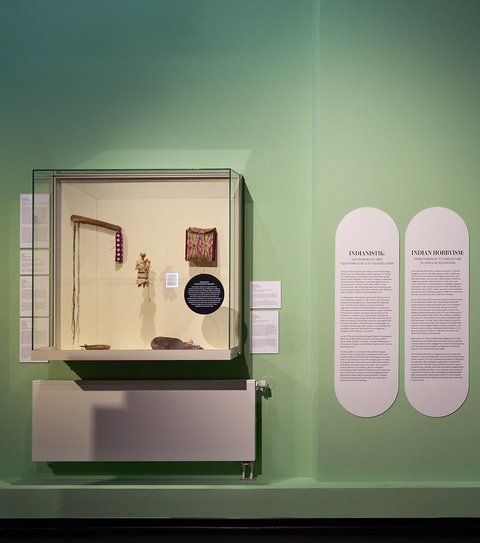
View of the "Völkerfreundschaften" exhibition at the GRASSI Leipzig Museum of Ethnography, 2023
© State Art Collections Dresden, GRASSI Leipzig Museum of Ethnography, Photo: Tom Dachs
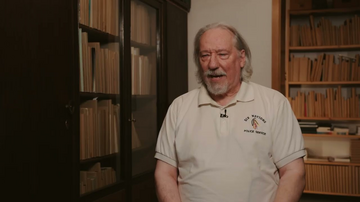
Siegfried Jahn über Objekte, die nur scheinbar indigener Herkunft sind
© Staatliche Kunstsammlungen Dresden, GRASSI Museum für Völkerkunde zu Leipzig, Film: Arvid Wünsch
The German hobbyists did not just create these objects, but they were also used in performances and cultural festivals, so-called “Powwows”.

Renae Watchman über Powwows in Deutschland
© Staatliche Kunstsammlungen Dresden, GRASSI Museum für Völkerkunde zu Leipzig
The “Indianists” in Leipzig at the time of the GDR took numerous inspirations from the collections and archives of the GRASSI Leipzig Museum of Ethnography. Already in the 1960s, the museum was working together with different “Indianistik” groups in the GDR. Thereby, the GRASSI museum abetted state cultural policies: Under the slogan “Kultur für alle” (Culture for everyone) the cultural institutions were instructed to open to a broad audience.
The stated goal of “Indianistik” groups in the GDR was to foster a cultural exchange and communication between nations and to dismantle common stereotypes through their activities. Together with the GRASSI museum they conceptualized exhibitions during the GDR and immediately after the fall of the Berlin wall, dealing with the cultural heritage of Indigenous groups in North America and raising awareness for their contemporary living conditions.
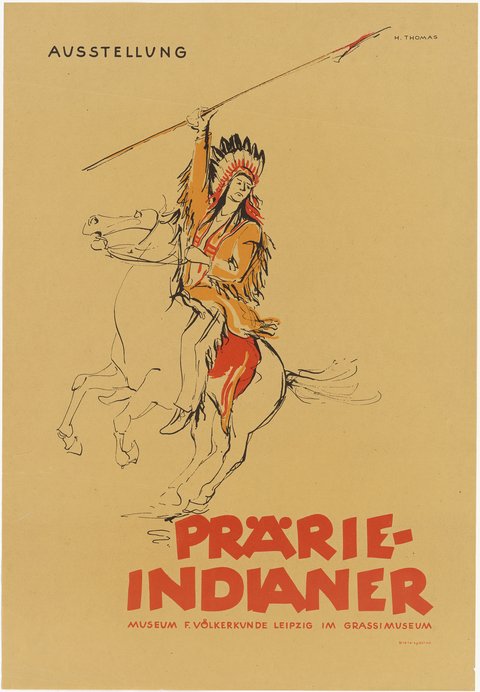
Exhibition poster: "Prärie-Indianer" (Prairie Indians) by the former "Museum für Völkerkunde Leipzig im Grassimuseum" (1960)
© State Art Collections Dresden, GRASSI Leipzig Museum of Ethnography
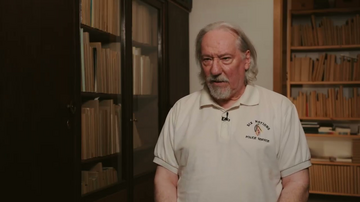
Siegfried Jahn über private Objekte in den Ausstellungen zu Zeiten der DDR
© Staatliche Kunstsammlungen Dresden, GRASSI Museum für Völkerkunde zu Leipzig, Film: Arvid Wünsch
Despite good intentions, the appropriation of Indigenous customs and objects by enthusiastic Germans causes disconcertment down to the present day. To resolve it, more direct communication is needed - not on the level of national policy, but between people.

Renae Watchman über missverständliche Gesten und Vorstellungen von Expertentum
© Staatliche Kunstsammlungen Dresden, GRASSI Museum für Völkerkunde zu Leipzig
The motivations for the fascination with Native Americans in the GDR were manifold – ranging from a need for freedom, adventure and intact nature to communally lived alternative ways of life. The intense occupation with communities and cultural phenomena beyond the borders of the small GDR also awakened a passion in some to personally experience them. This conflicted at its core with the limited freedom of travel in the GDR, which also restricted ethnologists and their field research. Therefore, being able to organize as a hobbyist group required a certain ingenuity.

Siegfried Jahn über die Vorteile Marx und Engels gelesen zu haben, wenn man in der DDR einen Indianistikverein betreiben wollte
© Staatliche Kunstsammlungen Dresden, GRASSI Museum für Völkerkunde zu Leipzig, Film: Arvid Wünsch
Despite public policy, the “Indianistik” groups of the GDR pursued the genuine interest to support the Indigenous communities of North America in their struggle for equality and self-determination. They sent letters and parcels, received replies and at times, kinds of pen-pal relationships developed, some lasting for several decades.
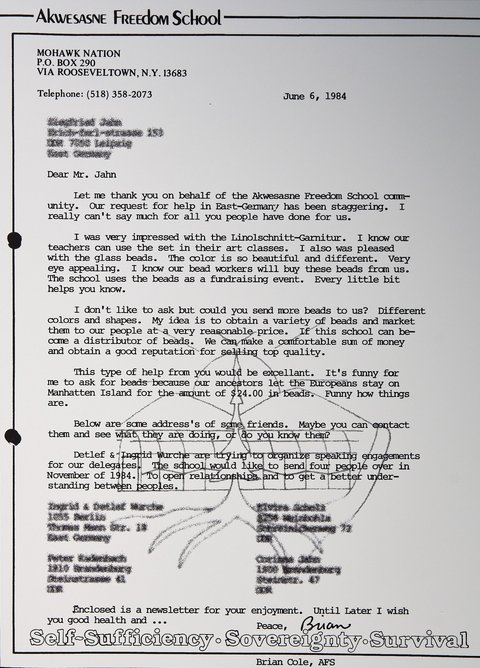
Reply letter from the Mohawk people to Siegfried Jahn from 1994, asking for more beads to be sent.
© State Art Collections Dresden, GRASSI Leipzig Museum of Ethnography, Photo: Tom Dachs
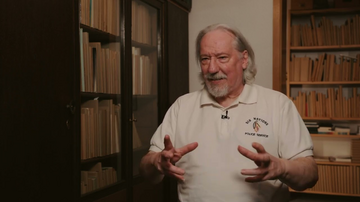
Siegfried Jahn über den Postverkehr mit indigenen Freunden in Nordamerika
© Staatliche Kunstsammlungen Dresden, GRASSI Museum für Völkerkunde zu Leipzig, Film: Arvid Wünsch
Today, the discourse around engaging with the Indigenous groups of North America takes place on a different level and with a different awareness of the problem. The current exhibition "Völkerfreundschaften" at GRASSI also addresses this issue. A central question which has been repeatedly addressed in recent years is in regard to terminology.

Renae Watchman über respektvolle Bezeichnungen
© Staatliche Kunstsammlungen Dresden, GRASSI Museum für Völkerkunde zu Leipzig
Is "Indianistik" generally cultural appropriation or does it serve cultural exchange? Does the “Indianistik” scene exoticise members of Indigenous North American communities? Are anti-racism and anti-colonialism the decisive impetus for engaging with Indigenous American cultures or, on the contrary, are re-enactment and hobby ethnology an expression of racist and colonialist traditions that still characterize Germany today? In today's global network, these questions can and must be discussed with the participation of Indigenous voices.

Renae Watchman über respektvolle Bezeichnungen
© Staatliche Kunstsammlungen Dresden, GRASSI Museum für Völkerkunde zu Leipzig
One name that cannot be avoided in the discourse on an appropriate approach to Indigenous cultures in Germany is Karl May. The author's role as an important starting point for German enthusiasm about Indigenous North American culture and at the same time as a key contributor to the establishment of Indigenous stereotypes is ambivalent. His “Winnetou” trilogy is regularly being performed at various venues in Germany to this day.

Siegfried Jahn über Karl May
© Staatliche Kunstsammlungen Dresden, GRASSI Museum für Völkerkunde zu Leipzig, Film: Arvid Wünsch

Renae Watchman über Redfacing und Karl May
© Staatliche Kunstsammlungen Dresden, GRASSI Museum für Völkerkunde zu Leipzig
Would you like to learn more about the GDR-history of the museum and hobbyism? Feel free to explore our exhibition „Völkerfreundschaften“ at the GRASSI Leipzig Museum of Ethnography.

Also of Interest:
The annihilation of Vinh City by US bomb raids offered an opportunity for experimental planning and for transforming the small industrial town into a model socialist city. The GDR’s ambitious task of comprehensive reconstruction involved working collectively on both the creation of a master plan and its realization in built form. Christina Schwenkel on the Quang Trung housing complex.

What declares itself to be nonsense declares itself to be harmless. Supposedly. Because the consequence of such self-determination is the famous jester's license, which a group of theater people in the GDR also claimed for themselves in the 1980s when they called themselves “Zinnober” and began making Punch and Judy shows for adults. Their play “Die Jäger des verlorenen Verstandes” (Raiders of the Lost Mind) can easily be read by the audience as a mockery of the GDR state system and its toleration is hard to believe in retrospect - but true.
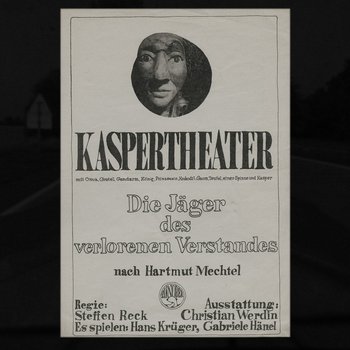
Precisely one year ago, news about the Capitol riots in Washington, D.C. went viral around the globe. Among videos and images of thousands of Trump followers, conspiracy disciples, right-wing militias and Alt-Right activists, large numbers of people in flamboyant costumes dominated the media, most of all Jake Angeli, a.k.a. the “Q-Shaman,” armed with a horned fur headdress and a US flag tied to a spear. Frank Usbeck already addressed this mishmash of cultural and historical references in a SKD blog contribution back in the day – we’re republishing his blog post today.
![[Translate to English:] Plains Cultures Feather Bonnet with Horns](/fileadmin/_processed_/0/6/csm_Img01_Federhaube_19275e1a40.jpeg)